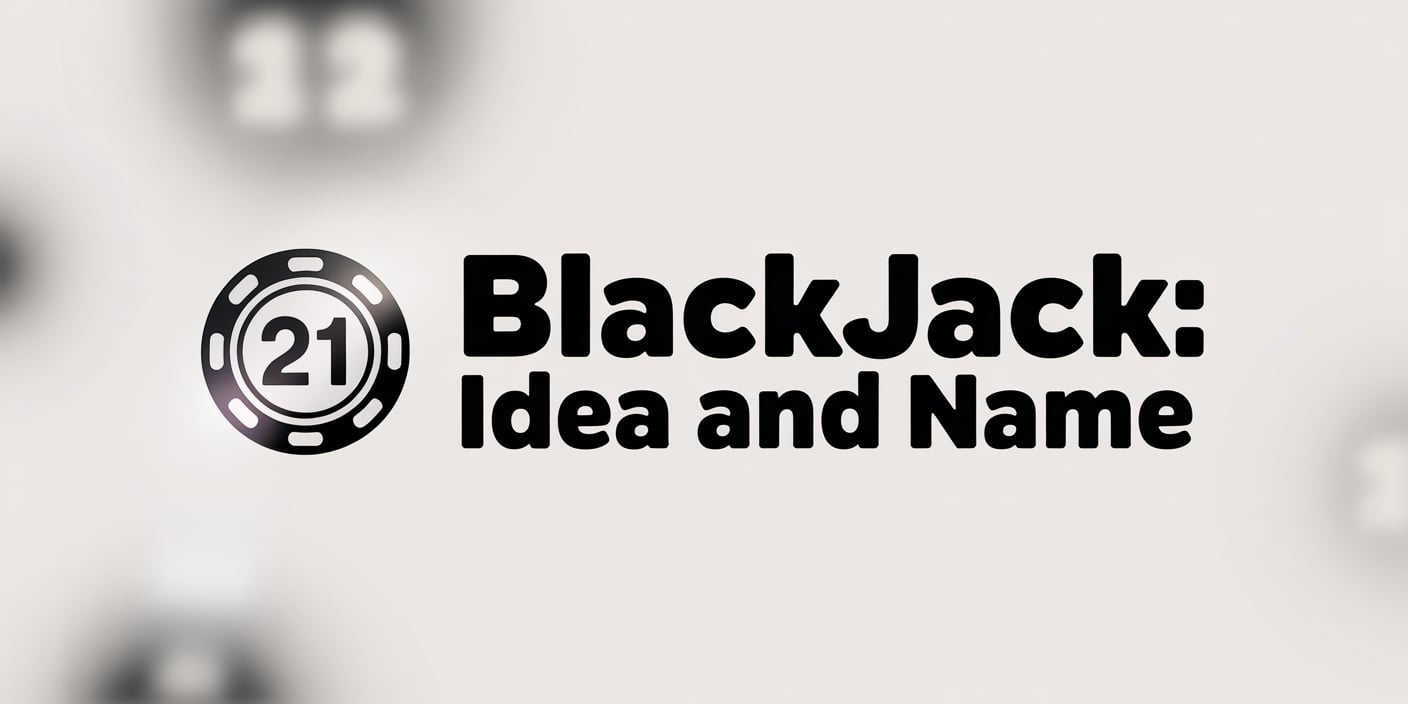
Blackjack is a very popular game of the virtual and conventional casino. Blackjack is a variation of the ancient card game "Twenty-One" and has shared roots with Pontoon and French Vingt-et-Un. European Blackjack, American Blackjack, Blackjack Switch, Spanish 21, etc., are various types of blackjack.
The game can be played fairly normally with 2 to 8 sets of 52 cards. The goal is to beat the dealer by being as close as possible to a hand value of 21 but not more. Ten-value cards (Jack, Queen, and King) each count as 10, Aces count as 1 or 11, and all others count as each face value. Gamers have learned various blackjack counting methods throughout the years in an attempt to stay ahead by keeping tabs on the ratio of high to low cards remaining in the deck.
The game is very straightforward, insofar as players tend to have only a handful of decisions: hit, stand, split, double down, or give up. But there may be some rules depending on what form of the game you play, so familiarize yourself with the specific table rules before you sit down.
Rules and Strategy
1. Learn the House Rules
In the majority of casinos, the dealer must stand on 17 and higher. A few casinos have the dealer hit a "soft 17" (an Ace and a 6). Some tables will sometimes ask for an ante bet such as in poker, which adds up to a 20% house edge. Honestly, the house rules are best learned through experience. So just sit down and play.
Insurance rules, splitting, and doubling down will vary. The dealer will usually tell you what they allow at that table. Some casinos will not allow you to split a third Ace, for instance, or offer you early surrender only.
2. Master Insurance, Splitting, Doubling, and Surrendering
All of these choices are there to benefit the house when you abuse them. That's how casinos stay in business!
1. Insurance is a side bet that the dealer's hole card is a 10, a Jack, Queen, or a King—less than a 30% chance. It's generally a bad bet except when you get blackjack. Then if the dealer gets blackjack too, then it's a push, but your insurance bet pays you 2:1—more than usual 3:2 payback.
2. Doubling down allows you to double your bet but receive only one more card. Casinos hope this one card will not be for your good. Never double down if the dealer's upcard is a face card or an Ace—unless you have 11, the exception.
3. Splitting can turn a losing hand into a winner—or ruin a winning hand. These are some easy-to-follow rules:
- Never break 5s—they equal 10, don't touch them.
- Break 7s, 8s, and Aces always. Breaking 7s or 8s can turn a likely loss into a likely win.
- Breaking Aces is aggressive, yet you only get one card for each new hand that you get. Casinos limit this because uncontrolled breaking with Aces is very advantageous to the player.
As soon as you depart, you forfeit half of your wager, and the outcome of the dealer does not matter—whether or not it busts.
3. Practice Card Counting
You're not counting individual cards that have been dealt—you're counting how many high cards (face cards, 10s, Aces) remain in the deck. The higher the number, the more individuals raise bets, as their likelihood of making good hands is greater.
Casinos are aware of this, and hence:
- Use several decks (typically six or more)
- Cut part of the deck out of play
- Shuffle often (typically after each hand).
When there are lots of cards out of play, especially with multiple decks, it is much more difficult to estimate what remains.
Tips
- Good rule of thumb: double on 11.
- Always hold on 17 or better—dealers typically have to hold as well.
- In house games, the most terrible person to get blackjack usually becomes the dealer. This doesn't seem fair, but the dealer is gambling more and has very strict guidelines to follow.
- It is a myth to say the dealer is a winner when they push—the player just says that at home games. In the casino, the push (tie) just means not winner, not loser.
- Learn basic strategy—it varies little from casino to casino rule but will reduce the house edge to as low as 0.36%.

